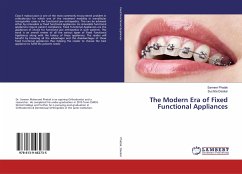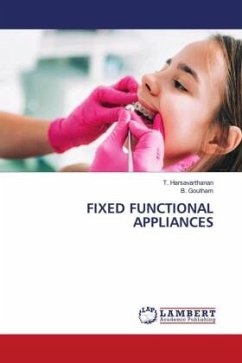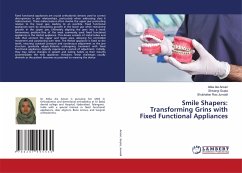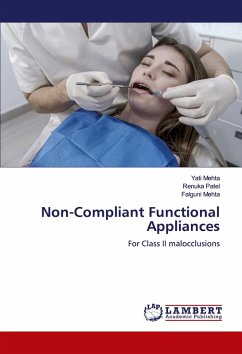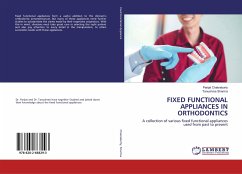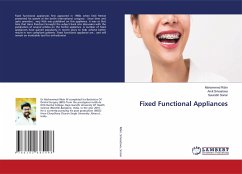Fixed functional appliances are orthodontic devices used to correct Class II malocclusions, especially in patients with mandibular retrusion. Unlike removable appliances, they are attached directly to the braces and work continuously, without relying on patient compliance. These appliances posture the mandible forward, stimulating mandibular growth and improving the relationship between the upper and lower jaws. They are especially effective in growing patients but have also shown benefits in young adults due to continued remodeling in the TMJ region. Common types include the Herbst, Forsus, MARA, and Jasper Jumper. Fixed functional appliances allow simultaneous fixed and functional treatment, saving time and improving efficiency. They produce both skeletal and dental changes-advancing the mandible and correcting overjet and molar relationships. However, they may cause discomfort, soft tissue irritation, or anchorage loss. Despite these drawbacks, they are an excellent option fornon-compliant patients and are a key tool in modern orthodontics when carefully selected and monitored.
Bitte wählen Sie Ihr Anliegen aus.
Rechnungen
Retourenschein anfordern
Bestellstatus
Storno


